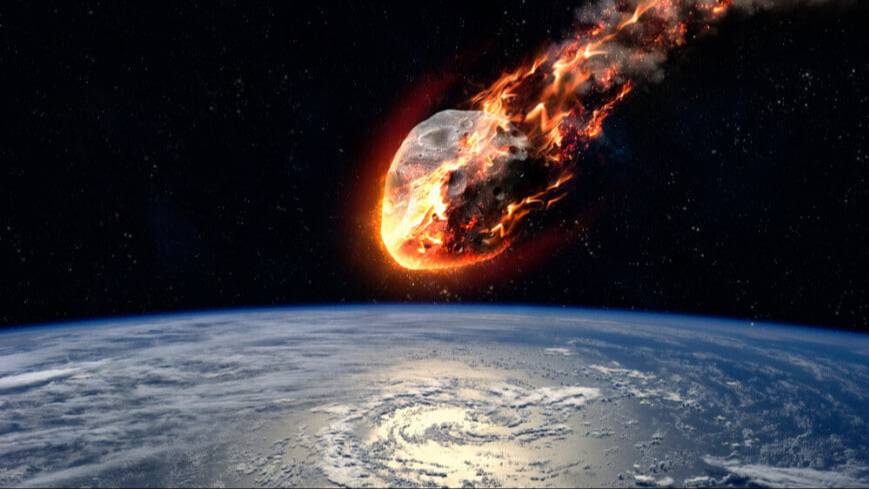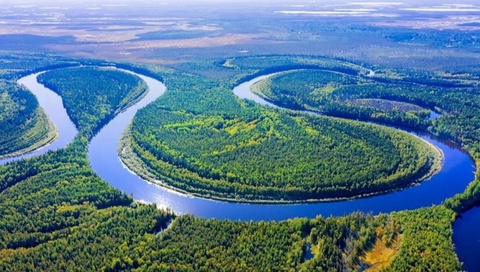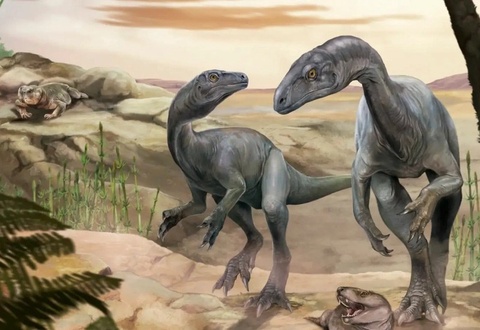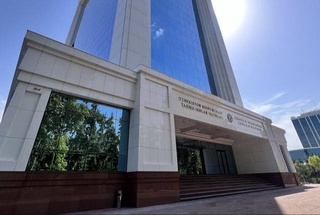Asteroid 2011 UL21 will pass by Earth at a speed of 93,000 km/h. Previous observations have shown that it makes a complete revolution around the Sun in three years. Its width ranges from 1.7 to 3.9 km - it is larger than 99% of known near-Earth asteroids, Mir24 reports.
Scientists noted that 2011 UL21 is about five times smaller than the space rock that wiped out the dinosaurs 66 million years ago. A potential collision with it will be less extreme than a Cretaceous-Paleogene catastrophe. But such an asteroid can cause consequences on a continental scale and release enough debris into the atmosphere for global climate change.
According to astronomers, the asteroid can be seen in the night sky using telescopes. It will look the brightest on June 28 and 29. Its luminosity will be comparable to the brightness of Proxima Centauri.
The next asteroid "visit" to the vicinity of the Earth is expected in 2089. It will approach our planet at a distance of 2.7 million km - twice as close as it is now.













